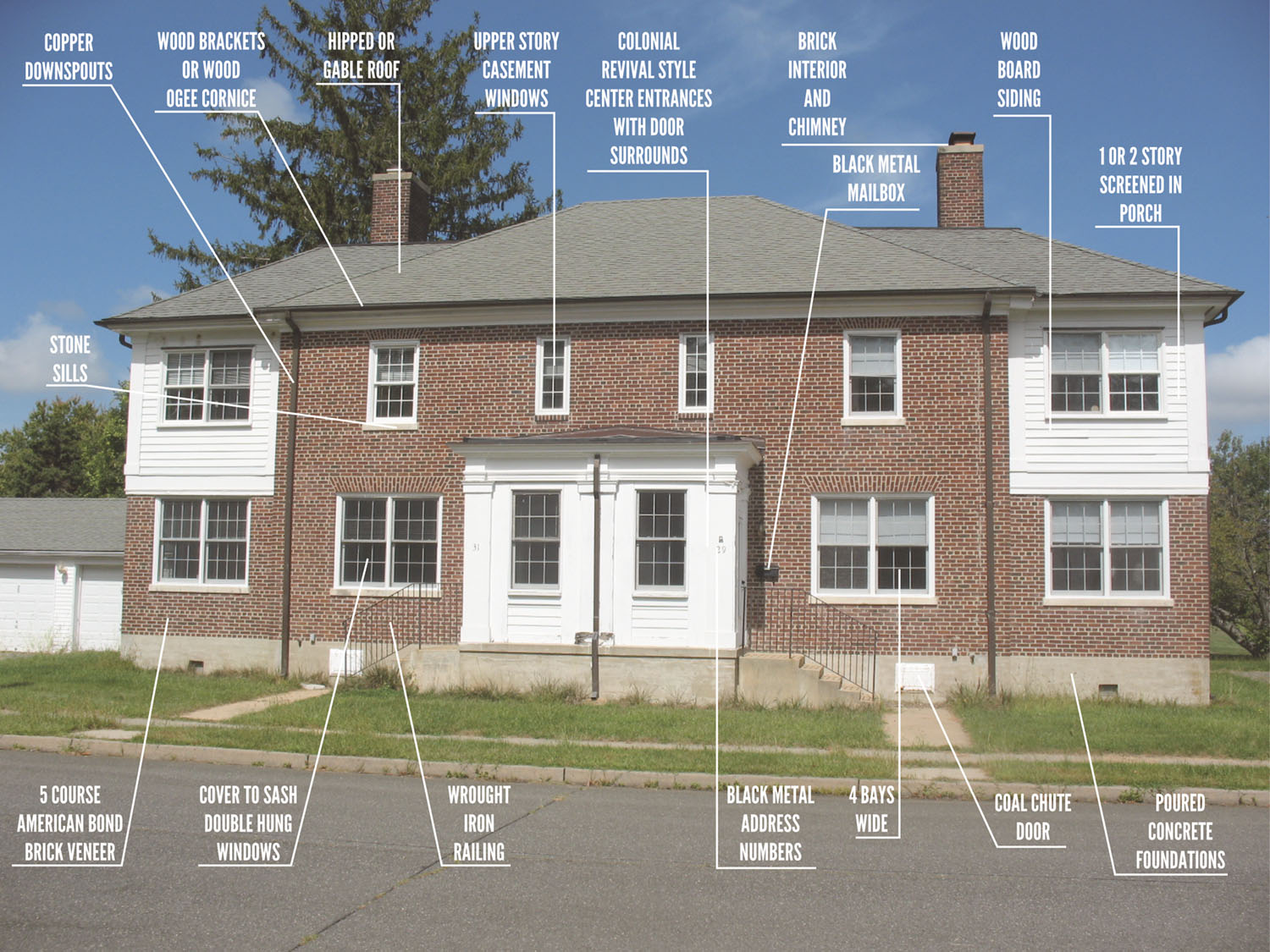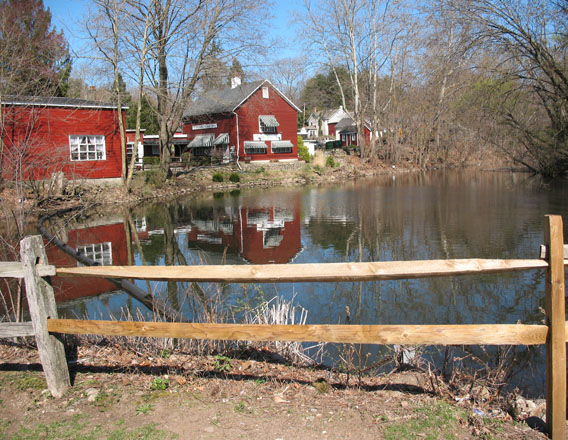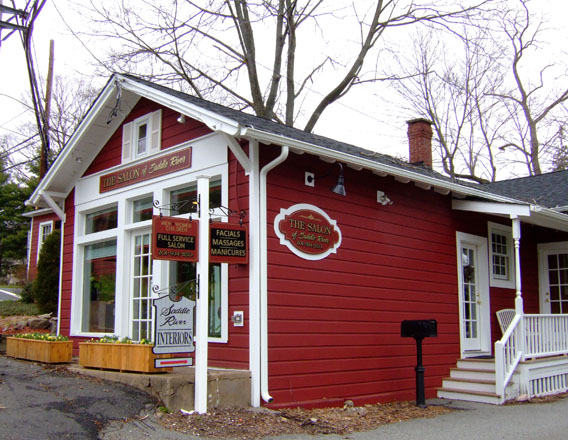Client: Fort Monmouth Economic Revitalization Authority (FMERA)
As part of its ongoing planning consulting services for the Fort Monmouth Economic Revitalization Authority (FMERA), Phillips Preiss prepared design guidelines for the historic resources in the former Fort Monmouth. The Historic Preservation Design Guidelines provide details on historic features and convey recommendations on renovations, restorations, and new additions to Fort Monmouth’s contributing historic resources.




















